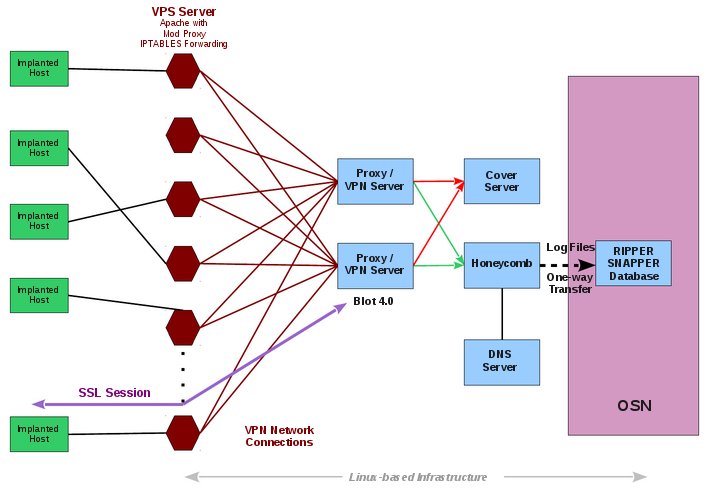On September 18th, the US Senate voted to ban the use of products from the Moscow-based cyber security firm Kaspersky Lab by the federal government, citing national security risk. The vote was included as an amendment to an annual defense policy spending bill approved by the Senate on the same day and was written to bar the use of Kaspersky Lab software in government civilian and military agencies.
Alas, according to a new revelation from WikiLeaks this morning, any perceived "national security risk" from Kaspersky could have resulted from the fact that the CIA specifically designed hacking software, code-named 'Hive', which intentionally "impersonated" the Russian cyber security firm so that "if the target organization looks at the network traffic coming out of its network, it is likely to misattribute the CIA exfiltration of data to uninvolved entities whose identities have been impersonated."
Here's a summary of the hacking tool posted by WikiLeaks:
Today, 9 November 2017, WikiLeaks publishes the source code and development logs to Hive, a major component of the CIA infrastructure to control its malware.Hive solves a critical problem for the malware operators at the CIA. Even the most sophisticated malware implant on a target computer is useless if there is no way for it to communicate with its operators in a secure manner that does not draw attention. Using Hive even if an implant is discovered on a target computer, attributing it to the CIA is difficult by just looking at the communication of the malware with other servers on the internet. Hive provides a covert communications platform for a whole range of CIA malware to send exfiltrated information to CIA servers and to receive new instructions from operators at the CIA.The cover domain delivers 'innocent' content if somebody browses it by chance. A visitor will not suspect that it is anything else but a normal website. The only peculiarity is not visible to non-technical users - a HTTPS server option that is not widely used: Optional Client Authentication. But Hive uses the uncommon Optional Client Authentication so that the user browsing the website is not required to authenticate - it is optional. But implants talking to Hive do authenticate themselves and can therefore be detected by the Blot server. Traffic from implants is sent to an implant operator management gateway called Honeycomb (see graphic above) while all other traffic go to a cover server that delivers the insuspicious content for all other users.Digital certificates for the authentication of implants are generated by the CIA impersonating existing entities. The three examples included in the source code build a fake certificate for the anti-virus company Kaspersky Laboratory, Moscow pretending to be signed by Thawte Premium Server CA, Cape Town. In this way, if the target organization looks at the network traffic coming out of its network, it is likely to misattribute the CIA exfiltration of data to uninvolved entities whose identities have been impersonated.
Of course, Kaspersky Lab has been producing anti-virus software for 20 years and boasts 400 million customers around the world. Suspected of being involved in cyber espionage, the company's management has maintained that it has been "caught in the middle of a geopolitical fight" and is being "treated unfairly even though the company has never helped, nor will help, any government in the world with its cyberespionage or offensive cyber efforts"...
...this new WikiLeaks revelation would seemingly lend some credence to Kaspersky's conclusion.Credit to Zero Hedge











No comments:
Post a Comment